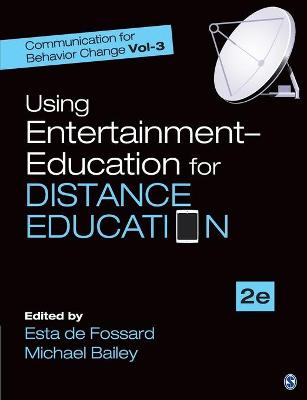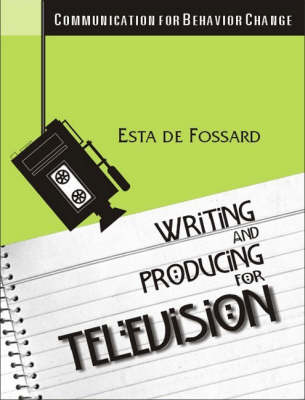Communication for Behavior Change
3 total works
A valuable resource for creating distance education programs for radio, TV, Internet and mobile, using an entertainment-education approach.
This volume explains how to integrate education into an entertaining format so that it holds people's attention while enabling them to improve their health and lifestyle. It also demonstrates how mobile technologies can be used for educating frontline health workers as well as the communities they serve.
This book offers many examples of such programs and provides essential guidance on:
* Understanding precisely what knowledge must be imparted to the communities and how.
* Why mobile technology is the new and most important platform for delivering educational content.
* How educational programs can be designed for developing countries in a sustainable way.
Writing and Producing for Television and Film
by Esta de Fossard and John Riber
The authors—both leading practitioners in the field of Entertainment-Education—dwell in detail on the Design Approach for determining and then articulating effective messages to be contained in the drama, along with guidelines and examples at every step. Drawing on methods that have been tried and tested in various countries worldwide, the guidelines offered in the book will be invaluable for anyone wanting to create a successful Entertainment-Education television drama or film. In addition to a number of actual scripts that have been converted into dramas, the useful appendices provide sample documents of various procedural requirements mentioned in the course of the book.
v. 3


